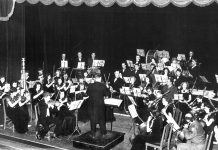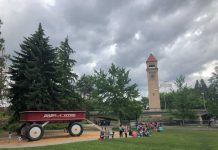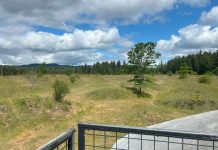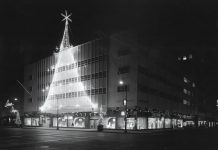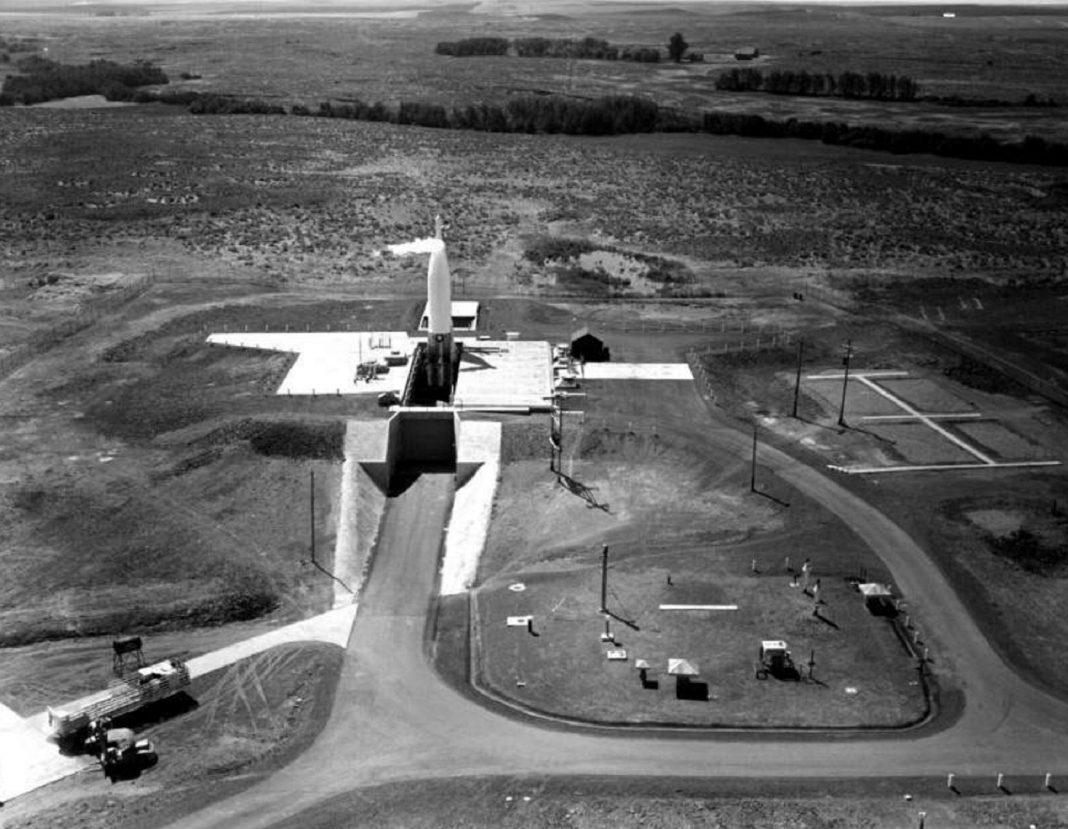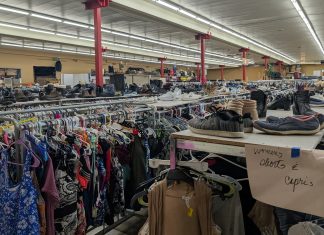The Cuban Missile Crisis, a stand-off between the United States and the Soviet Union, almost brought Earth to the brink of destruction. For 13 nerve-racking days, the world waited on edge, unsure if the two major superpowers would go to war. If hostilities did break out, there would most certainly be a large-scale nuclear exchange — spelling doom for the human race.
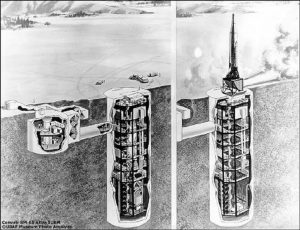
Although the world’s eyes were on Cuba, people around the Spokane area were playing their part. Just a few years before the Cuban Missile Crisis, the construction of 18 missile silos was commissioned, armed with ICBM’s, around the Spokane and Eastern Washington area, and now the missiles were aimed at Cuba.
Although it seems a distant memory now, the threat of nuclear annihilation once loomed largely. The atomic warheads detonated at Hiroshima and Nagasaki finally brought the Second World War to an end, and an anxious planet was able to begin rebuilding. However, after the war’s end, the United States and the Soviet Union, uneasy allies during wartime, started a Cold War falling along ideological lines.
In time, an arms race centered around atomic weapons began. Both nations developed robust atomic weapon programs with enough power to destroy the planet several times over. If one nation were to launch its nuclear weapons, the other would retaliate in kind. A new phrase, “mutually assured destruction,” was coined to describe this scenario.
In 1959, the Department of Defense began constructing missile silos around Eastern Washington. With its proximity to the Soviet Union, the area made it an ideal location to build silos. The flat, wide-open spaces of Eastern and Central Washington were also appealing, making missiles easier to launch. Of the 18 silos commissioned, nine were in the Spokane area. They were built to launch weapons and protect their crews. Each silo was constructed underground using 18,000 square feet of concrete, and it was estimated the silos could withstand blasts 50 times stronger than Hiroshima.
The missile silos went online roughly a year later. The silos in Eastern Washington were affiliated with Fairchild Air Force Base and under the command of the 567th Strategic Missile Squadron. Each silo housed an Atlas E Intercontinental Ballistic Missile (ICBM), equipped with a four-megaton nuclear warhead, much more powerful than the bombs dropped on Hiroshima. Crews of five airmen and officers worked the silos around the clock and could launch a warhead within 15 minutes of receiving the order.
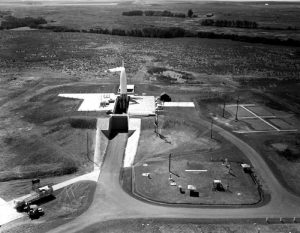
The nine silos constructed around the Eastern Washington area were located outside of the city of Spokane, in the surrounding areas; one was based in Rockford, Idaho. Others were situated in Deer Park, Newman Lake, Sprague, Lamona, Davenport, Wilbur, Egypt and Reardan.
In 1959, Fidel Castro, a leftist revolutionary, seized control of the nation of Cuba and quickly allied himself with the Soviet Union, asking for both economic and military aid. Three years later, on October 14, 1962, an American spy plane discovered the construction of a missile base on the island by the Soviets. Then-President John F. Kennedy was apprised of the development, ordering a naval blockade around the island in an attempt to keep any more Soviet aid from reaching Cuba.
Over the course of 13 tense days, the world watched the stand-off between the United States and the Soviet Union, sure that the end was nigh. Fairchild Air Force Base and the missile silos around Eastern Washington were standing by, their payloads ready to launch at a moment’s notice. Finally, on October 29, the Crisis came to an end: the Russians agreed to remove the missiles from Cuba, and in exchange, the United States agreed to never invade the country. Fairchild and the missile silos were able to breathe easier.
The missile silos around Eastern Washington continued to operate throughout the early 1960s but advances in missile technology rendered the Atlas type obsolete. In May of 1965, the nine sites were taken out of service and decommissioned shortly thereafter. The sites were auctioned off, with all but one passing into private hands—where they remain to this day.
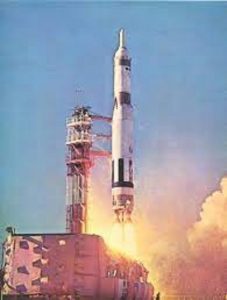
The post-Cold War fate of these sites is equally fascinating. Site nine, near Reardan, remained in the government’s hands, first passing to the United States Bureau of Mines, who expanded the site. The Occupational Health and Safety Association also used the site to test noise tests. Site six, near Davenport, also has a colorful—but tragic history.
In 2002, Roger Erdman, an auditor with the Washington Department of Licensing, traveled to site six to audit the fuel records of long-haul trucker Ralph Benson, who owned the site. When Erdman arrived, Benson shot him in the head, killing him. Benson then dismembered Erdman’s body. Benson was convicted of Erdman’s murder and sentenced to prison, where he died in 2004. Four years after Erdman’s tragic murder, the site was sold to Peter Davenport, a renowned UFO expert and head of the National UFO Reporting Center. Today, the Center is housed in site six, and Davenport uses it to house his research.
The Cold War, and the threat of mutually-assured destruction, now seem like a distant memory, and the silos around the Spokane region are reminders of that era.





